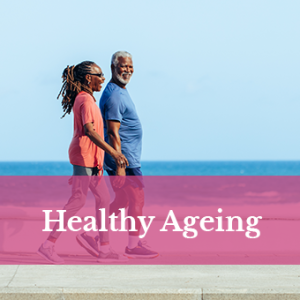
Presenter(s):
Janani R; Pradnya Diggikar, Dr D Y Patil Medical Hospital and Research Institute, India
Abstract
INTRODUCTION
Anaemia is common among older adults and is becoming increasingly prevalent as the population ages. Even mild anaemia in this age group is associated with increased morbidity, mortality, and a reduced quality of life. Despite its significant clinical impact, anaemia in the elderly often goes unrecognised, and there is a lack of clear, evidence-based guidelines for its management.
The World Health Organization (WHO) defines anaemia as haemoglobin levels below 13 g/dL in men and below 12 g/dL in women. Older adults (aged 60 years and above) are particularly susceptible to anaemia due to age-related changes in bone marrow function, impaired nutrient absorption, and other metabolic alterations that hinder the production of hematopoietic cells and contribute to declining haemoglobin levels.
Anaemia in older adults has been independently associated with reduced physical and cognitive function, a higher incidence of dementia, and an increased risk of falls, morbidity, and mortality. It also serves as a strong predictor of poor health outcomes and is linked to a greater risk of cardiovascular and neurological events. Collectively, these factors significantly impair the health-related quality of life in the elderly.
METHODS
Patients admitted in Dr. D.Y Patil Medical College, Hospital and Research Centre, Pimpri, Pune above the age of 60 years who have features suggestive of Anaemia.
AIM
To study the clinical presentation, laboratory profile, haematological profile in adults of age above 60 years with anaemia.
OBJECTIVES:
To compare the incidence of Anaemia in elderly men and women
To the study the symptoms and signs of Anaemia in elderly patients.
To know the most common cause responsible for Anaemia in elderly patients.
RESULTS
In our study 40% were found to be males and 60% were found to be females
Mean age of patients enrolled in our study was 68.5 with Mean age of males being 72 and females being 64
Majority of patients included in the study belonged to the low socioeconomic status. After age 50 years, prevalence of anaemia increases with advancing age and exceeds 20% in those 85 years and older. Incidence of anaemia in older adults is not well characterised. Among older adults with anaemia, approximately one-third have evidence of iron, folate, and/or vitamin B12deficiency, another third have renal insufficiency and/or chronic inflammation, and the remaining third have anaemia that is unexplained.
CONCLUSION
According to WHO criteria, the burden of anaemia among the elderly is notably high. In India, the prevalence of anaemia in older adults surpasses that of all other age groups. While variations exist across different regions and between urban and rural populations, the overall prevalence remains consistently high. To promote “active and healthy aging,” it is essential to identify and address the underlying factors contributing to the development, progression, and treatment outcomes of anaemia in the elderly.
Bio(s):
Dr. JANANI R is a resident physician in Internal Medicine at Dr.D.Y
Patil Medical Center, Pune, India. Passionate about patient-centered care and clinical research, Dr. Janani focuses on improving health outcomes for underserved communities. She earned her MBBS from SRI RAMACHANDRA Medical college. In addition to her clinical duties, she volunteers with local health education initiatives. Outside of medicine, she enjoys music and dance.
